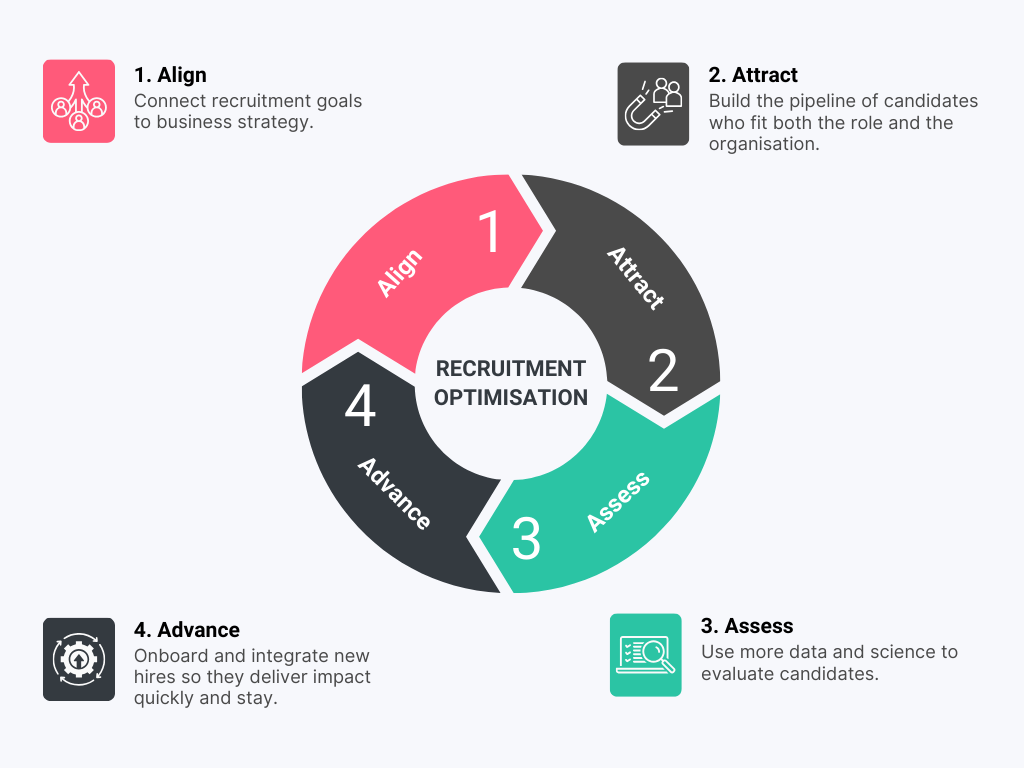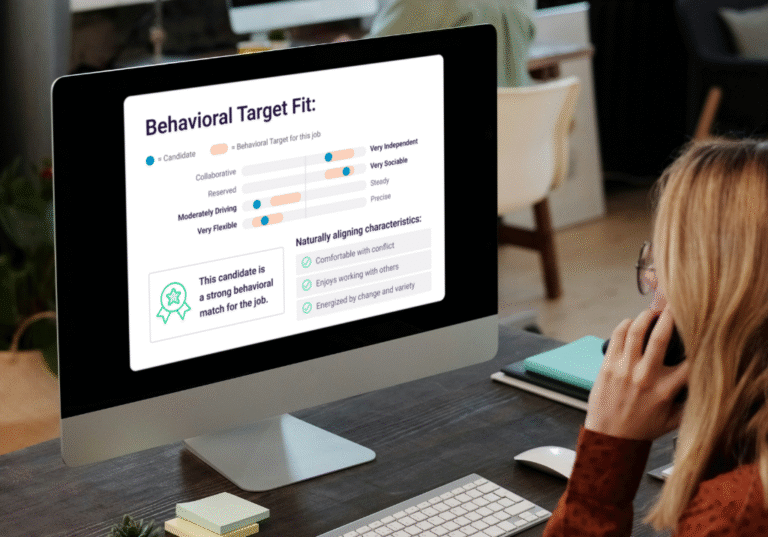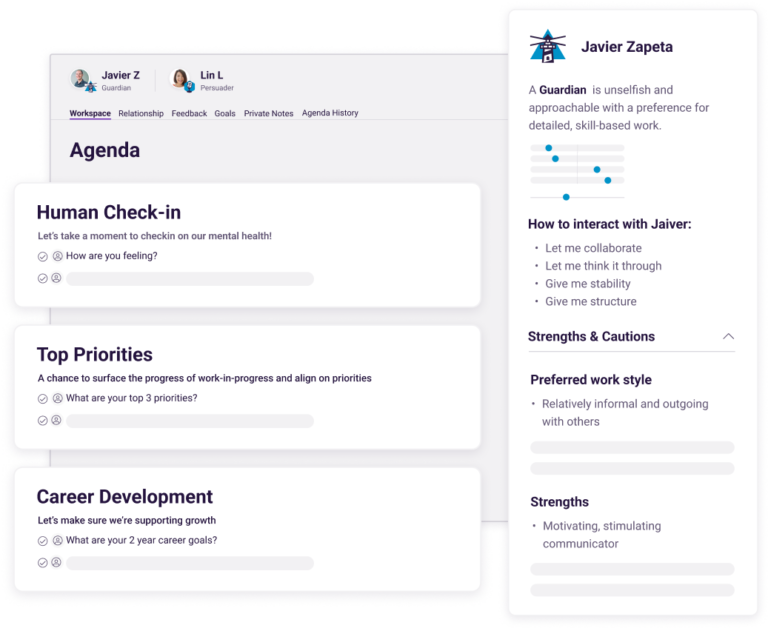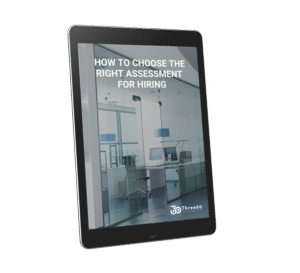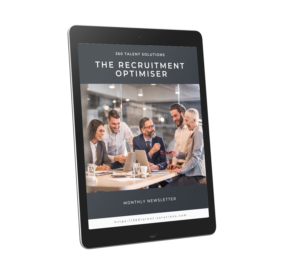The Swiss Biotech Report 2025 presents a clear picture of a sector that continues to grow through innovation, investment, and international collaboration. Yet it also underlines a strategic challenge. Scientific success depends on people, and the ability to find, align, and retain those people will determine how well organisations convert discovery into progress.
The evidence is consistent across every stage of the talent cycle. Companies that define success before hiring reduce misalignment between expectations and outcomes. Those that attract candidates using behaviour-informed messaging spend less time filtering unsuitable applications. When selection decisions are guided by data rather than instinct, turnover drops and new hires perform faster. And when assessment insights are carried forward into onboarding and management, employees stay longer and contribute more.
Each of these steps is part of a single process. They are not separate HR activities but components of how a biotech connects its people strategy with its scientific and commercial goals. As the sector expands, this connection becomes a strategic differentiator. Biotechs that use data to support hiring and leadership decisions are not only more efficient but also more resilient when facing the inevitable fluctuations in funding, regulation, and global competition.
For Swiss biotech leaders, the next phase of growth will depend as much on people infrastructure as on scientific infrastructure. The data already available through assessments and workforce analytics offers a way to make decisions that are aligned with the organisation’s goals.
Every discovery begins with a team, and every team depends on the quality of decisions made about people. The organisations that continue to thrive will be those that treat these decisions with the same care and evidence as their science.




